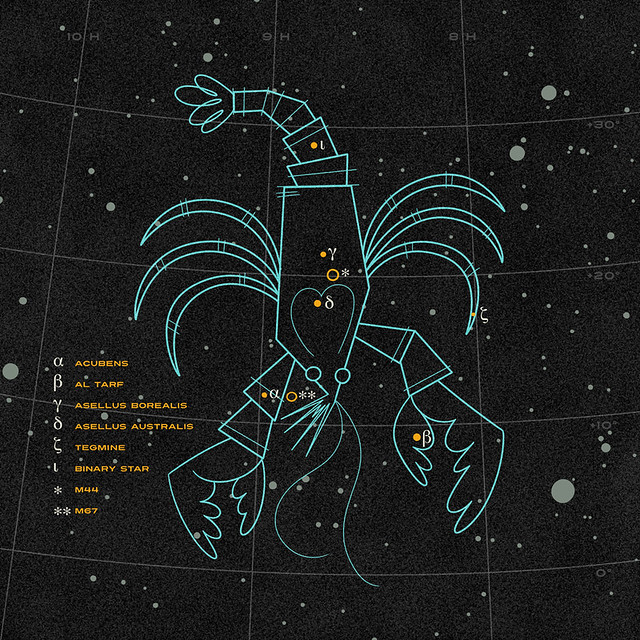I’ve been looking into astronomy for my free inquiry and have been considering some ways that I might incorporate what I’ve learned into the classroom. I thought it might be a challenge to find ways to do it that did not revolve around science and physics, since those topics are definitely beyond my expertise.
I was surprised at how easy it was to find resources, particularly specific lesson plans just through a quick google search. There were tons of great examples, but my favourite was one that I found on constellations. It’s cross-disciplinary, somehow managing to involve graphing, using online navigation tools, reading legends and creating their own stories all in the span of two short lessons. (Check it out here!)

I’m really excited about incorporating some of what I have learned about this topic into my classroom. I did not expect to find as many potential applications as I have, and I’m particularly interested in looking more into how this could be a great topic for some kind of cross-curricular unit.




Recent Comments